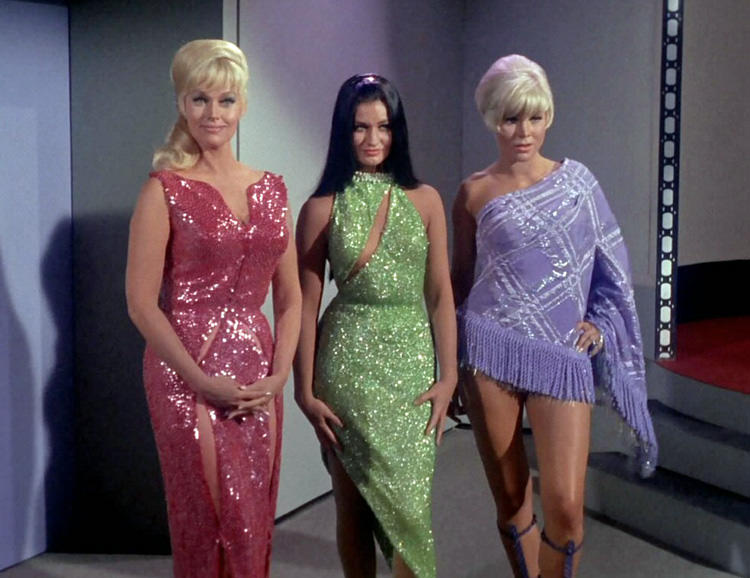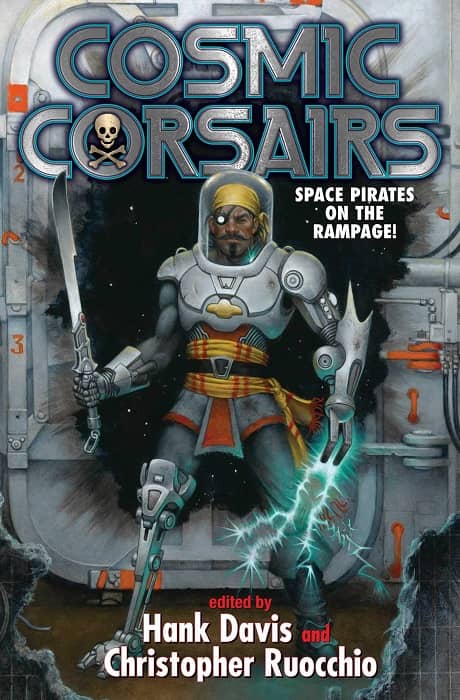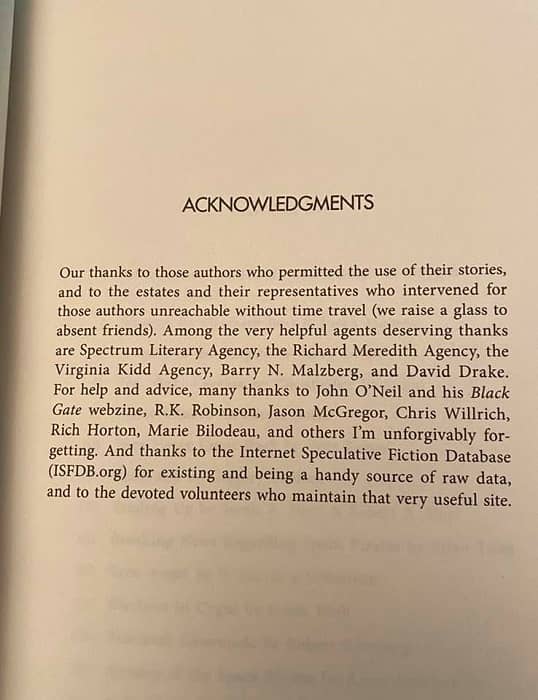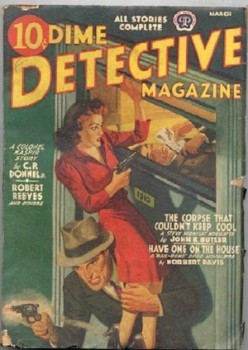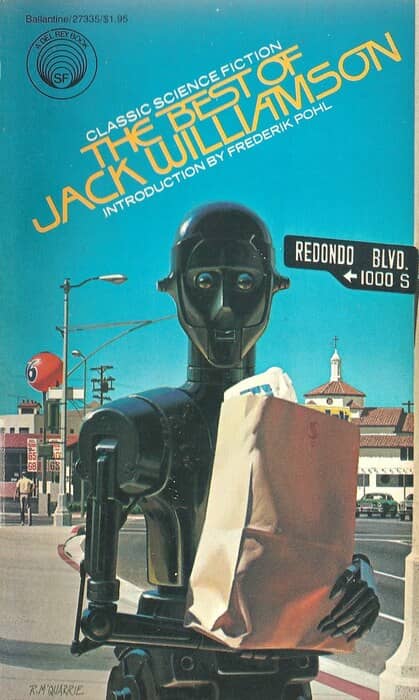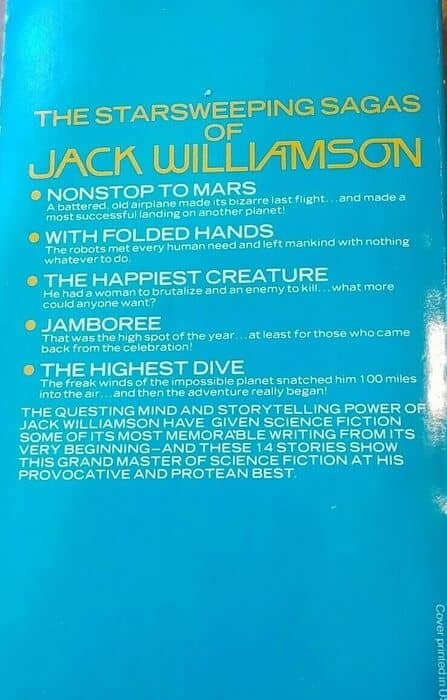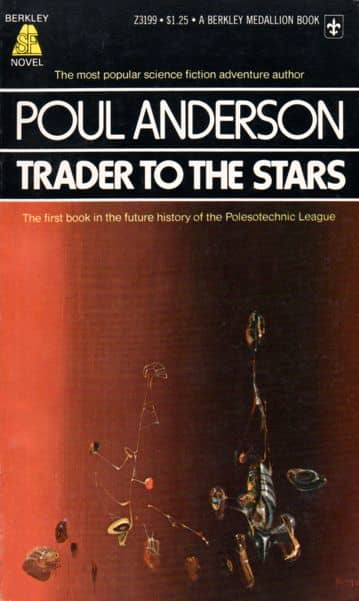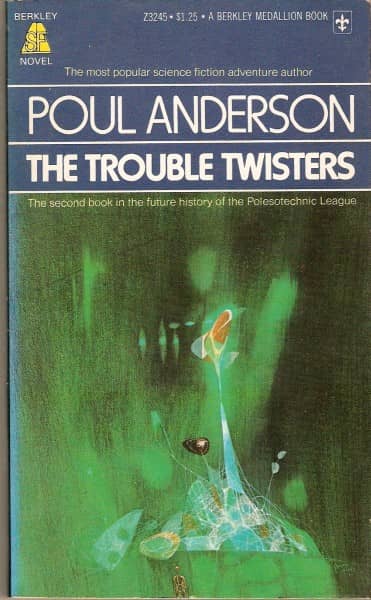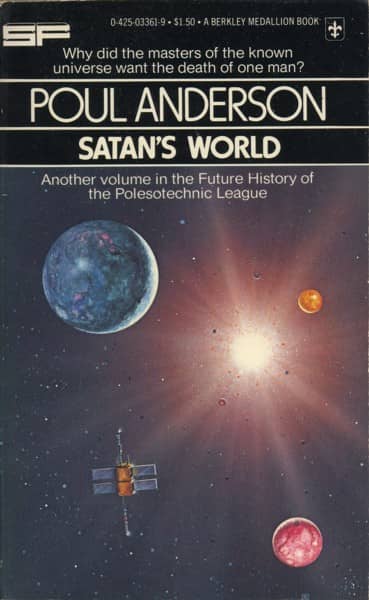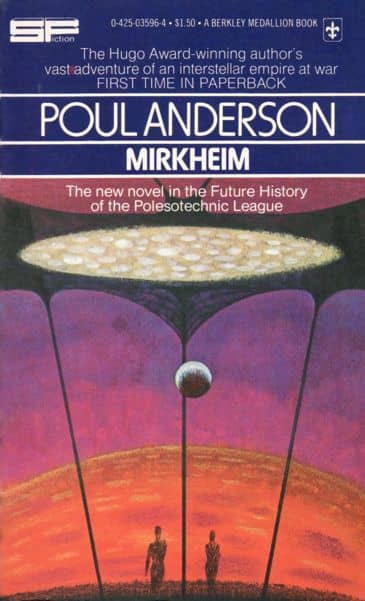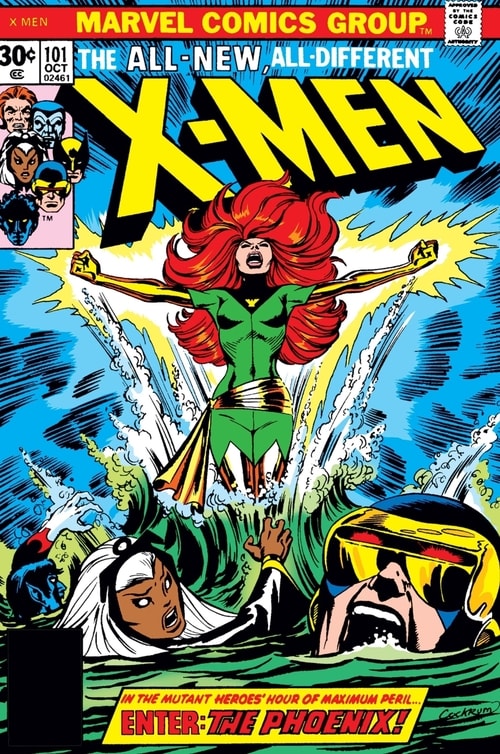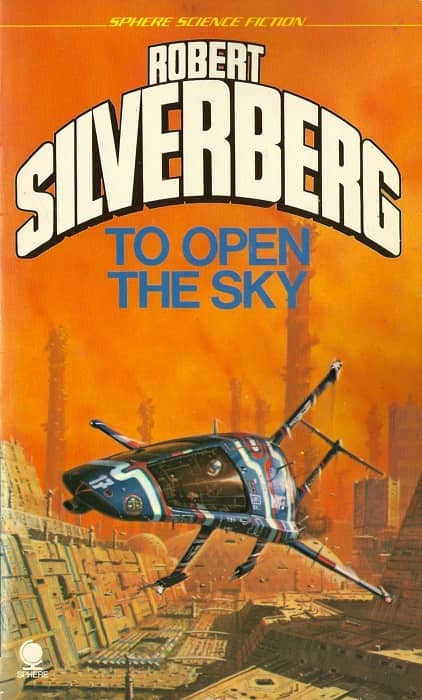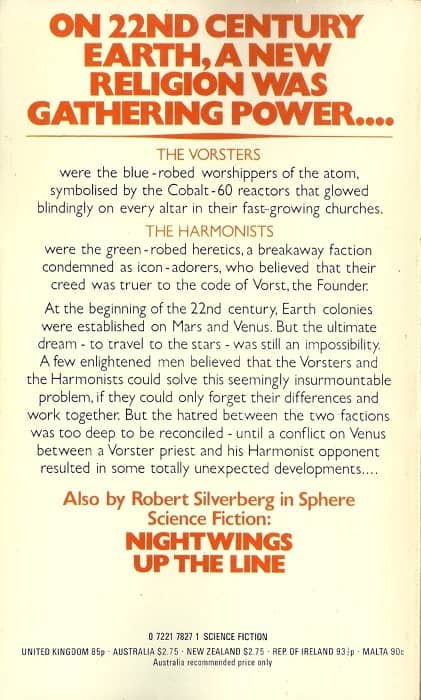Catching up with Tor.com Publishing — August 2020 edition
Just some of the Tor.com releases that have accumulated in the Black Gate reference library since 2015
Arrgh. I can’t keep up with all the cool stuff coming from Tor.com.
You think it’d be easy. These are short little novellas, quick reads. I love novellas, and got all excited when they launched back in 2015, covered the first 33 releases in detail as they arrived, and watched in satisfaction as they started getting Hugos and Nebula nominations — and then virtually sweeping the nominations in the Novella category, year after year. And the books kept coming, and piling up on my desk, and then on the office tables at Black Gate‘s rooftop headquarters, and then spilling onto the floor….
Okay. I’m just one guy, I can’t keep up with the tireless dynamo that is Tor.com Publishing. But I’m not giving up. In the last few months alone, they’ve released brand new books by Jeffrey Ford, Alex Irvine, Carrie Vaughn (two!), Zen Cho, Emily Tesh, Eddie Robson — plus a new Murderbot novel by Martha Wells, and a New York Times bestseller by Tamsyn Muir. My readers deserve to know about it all, damnit.
So I’m in triage mode. Tor.com has been releasing a book a week for the past few months, and I can’t cover them all. But I can hit the highlights. So let’s take a look at three of their most interesting releases from the past few months.

